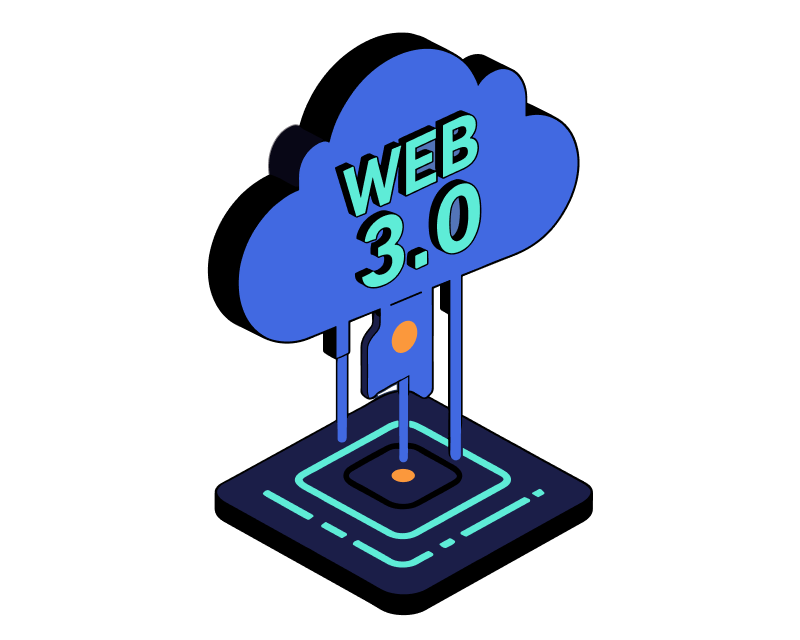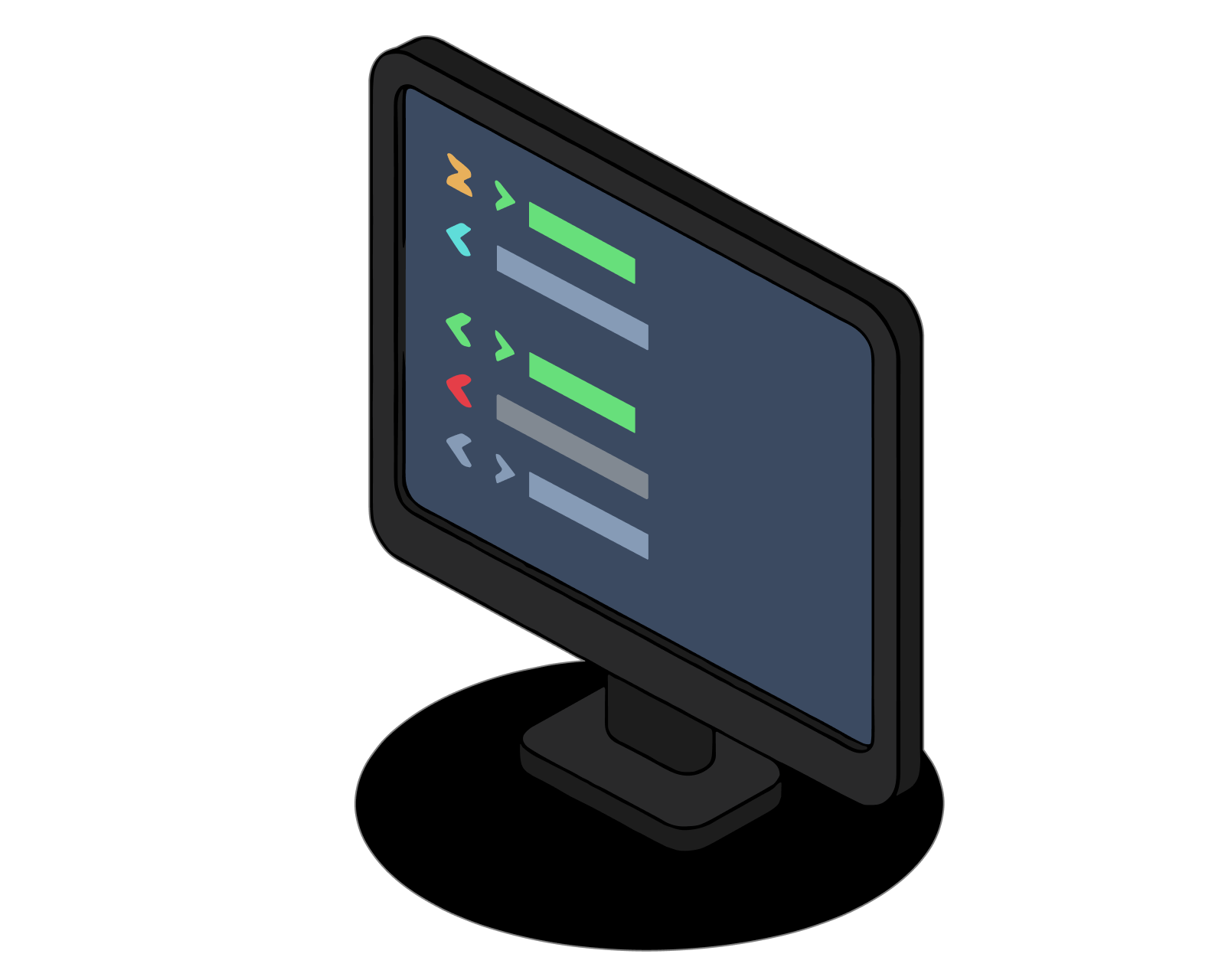What is Web3?

Table of Contents
Web3: Redefining the Internet
Web3 signifies a fundamental change in how the internet works, shifting from centralized platforms controlled by big tech companies to a more decentralized and user-centric model. This new iteration of the internet is built on blockchain technology, the same technology that powers cryptocurrencies like Bitcoin and Ethereum. It aims to empower users with greater ownership and control over their data, digital assets, and online identities.
Learn more about the decentralized nature of cryptocurrencies with a quick introduction to crypto.
The Evolution of the Web: From Web1 to Web3
To understand Web3, let's look at how the internet has evolved:
- Web1 (Early Internet): Primarily static websites with limited user interaction. Think of it as the read-only web.
- Web2 (Current Internet): Interactive platforms and social media, but controlled by centralized entities. This is the read-write web, where users can create and share content, but their data is often owned and controlled by large corporations.
- Web3 (Decentralized Internet): Empowering users with ownership and control, built on blockchain and decentralized technologies. This is the read-write-own web, where users have greater control over their data and digital assets.
Web2 vs. Web3: A Paradigm Shift
Web2, the current iteration of the internet, is characterized by centralized platforms like Facebook, Google, and Amazon controlling user data and online experiences. Web3 aims to dismantle this centralized model, empowering users with ownership and control.
Here's a comparison:
| Feature | Web2 | Web3 |
|---|---|---|
| Control | Centralized platforms | Decentralized, user-owned |
| Data Ownership | Platforms own and monetize user data | Users own and control their data |
| Applications | Centralized applications | Decentralized applications (dApps) |
| Identity | Platform-controlled accounts | Self-sovereign, decentralized identities |
| Currency | Fiat currencies | Cryptocurrencies |
| Infrastructure | Centralized servers | Blockchain, peer-to-peer networks |
Key Features and Components of Web3
Web3 combines several key technologies and concepts:
- Decentralization: Web3 distributes control across a network, reducing reliance on centralized platforms. Learn more about decentralization and its benefits.
- Blockchain Technology: Provides a secure and transparent foundation for transactions and data management. Understand blockchain.
- Cryptocurrencies and Digital Assets: Enable new forms of ownership, value transfer, and economic models. Explore crypto and learn more about Bitcoin and Ethereum.
- Decentralized Applications (dApps): Applications built on blockchain, offering transparency and user control. Learn about dApps.
- Smart Contracts: Self-executing contracts that automate agreements and transactions. Learn more about smart contracts.
- Crypto Wallets: Tools for managing cryptocurrencies and digital assets. Understand crypto wallets and create a crypto wallet.
- Decentralized Autonomous Organizations (DAOs): Community-governed organizations that manage projects and resources. Explore DAOs.
- Non-Fungible Tokens (NFTs): Unique digital assets that represent ownership of digital or physical items. Learn more about NFTs.
- Decentralized Exchanges (DEXs): Platforms for trading cryptocurrencies without intermediaries. Explore DEXs.
- The Metaverse: Immersive digital worlds where users can interact and own virtual assets. Discover the metaverse.
The Potential and Challenges of Web3
Web3 has the potential to reshape various aspects of our online lives:
- Data Privacy and Security: Users regain control over their data, reducing reliance on centralized platforms that collect and monetize personal information.
- Censorship Resistance: Decentralized platforms are more resistant to censorship by governments or corporations. Learn more about censorship resistance.
- Economic Empowerment: Cryptocurrencies and DeFi enable new economic models and opportunities for creators and users. Explore DeFi.
- Innovation and Creativity: Web3 fosters innovation by empowering developers and creators with greater control and ownership.
However, Web3 also faces challenges:
- Scalability: blockchain technology needs to scale to handle the growing number of users and transactions. Learn more about Ethereum's scaling solutions and Ethereum layer 2s.
- Usability: Web3 applications can be complex and difficult for non-technical users to understand and use.
- Regulation: The regulatory landscape for Web3 is still evolving, creating uncertainty for developers and investors.
- Security: Ensuring the security of smart contracts and user wallets. Learn about digital asset security.
- Interoperability: Enabling seamless communication and data transfer between different blockchains.
- Centralization Concerns: Some critics argue that Web3 is not as decentralized as it claims to be, with certain entities still holding significant influence.
The Future of Web3 and Getting Started
Web3 is still in its early stages of development, but its potential to transform the internet is undeniable. As the technology matures and adoption grows, we can expect to see more innovative and user-centric applications emerge. The future of Web3 will likely be shaped by technological advancements, increased adoption, and regulatory clarity.
Learn more about the future of money.
If you're interested in exploring Web3, here are some steps to get started:
- Learn the Basics: Familiarize yourself with blockchain technology, cryptocurrencies, and DeFi. Explore our Learning Center.
- Get a Crypto Wallet: Set up a crypto wallet to manage your digital assets. Learn about wallets and create a Bitcoin wallet.
- Explore dApps: Try out different dApps and explore the various use cases of Web3. Connect to dApps with WalletConnect and learn how to buy crypto.
- Join the Community: Engage with the Web3 community through online forums, social media, and events. The Bitcoin.com Wallet app is a great starting point.
Conclusion
Web3 represents a paradigm shift in how we interact with the internet, empowering users with ownership and control. While challenges remain, its potential to create a more decentralized, transparent, and user-centric online experience is immense. As the technology continues to evolve, Web3 is poised to reshape the future of the internet.
Related guides
Start from here →
What is DeFi?
Learn what makes decentralized finance (DeFi) apps work and how they compare to traditional financial products.
Read this article →
What is DeFi?
Learn what makes decentralized finance (DeFi) apps work and how they compare to traditional financial products.


What is a DAO?
Discover what a DAO is, how it works, and more.

What is a DEX?
A decentralized exchange (DEX) is a type of exchange that specializes in peer-to-peer transactions of cryptocurrencies and digital assets. Unlike centralized exchanges (CEXs), DEXs do not require a trusted third party, or intermediary, to facilitate the exchange of cryptoassets.
Read this article →
What is a DEX?
A decentralized exchange (DEX) is a type of exchange that specializes in peer-to-peer transactions of cryptocurrencies and digital assets. Unlike centralized exchanges (CEXs), DEXs do not require a trusted third party, or intermediary, to facilitate the exchange of cryptoassets.

What is Bitcoin?
Get a straightforward introduction to Bitcoin and why it matters.
Read this article →
What is Bitcoin?
Get a straightforward introduction to Bitcoin and why it matters.


What is Ethereum?
Understand Ethereum's key characteristics.
STAY AHEAD IN CRYPTO
Stay ahead in crypto with our weekly newsletter delivering the insights that matter most
Weekly crypto news, curated for you
Actionable insights and educational tips
Updates on products fueling economic freedom
No spam. Unsubscribe anytime.



Start investing safely with the Bitcoin.com Wallet
Over wallets created so far
Everything you need to buy, sell, trade, and invest your Bitcoin and cryptocurrency securely

© 2025 Saint Bitts LLC Bitcoin.com. All rights reserved


